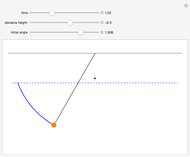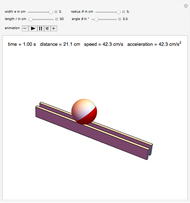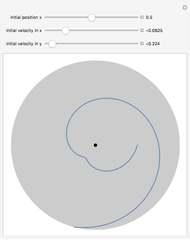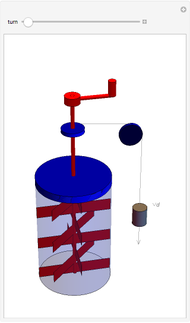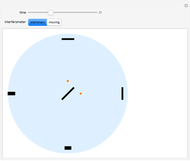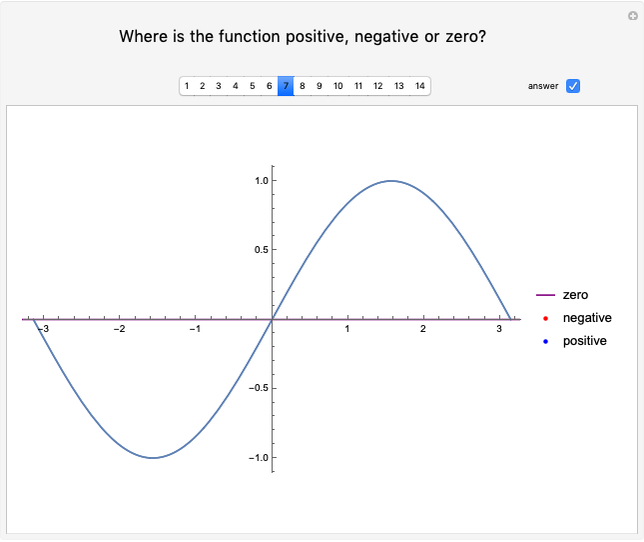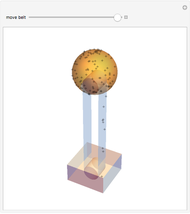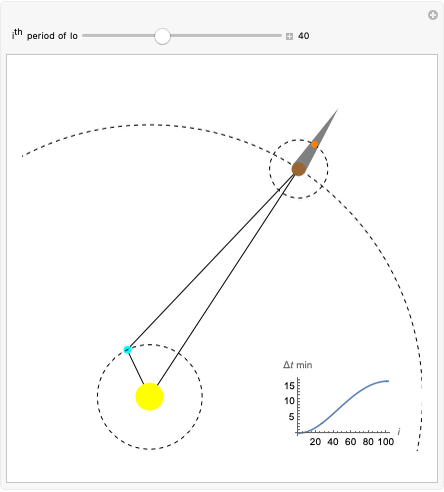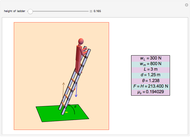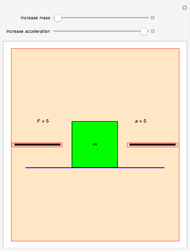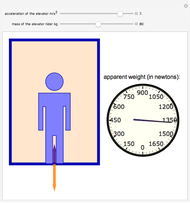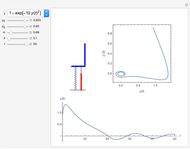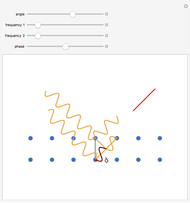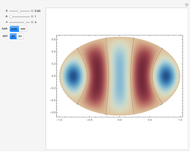Galileo's Thought Experiment on Inertia

Requires a Wolfram Notebook System
Interact on desktop, mobile and cloud with the free Wolfram Player or other Wolfram Language products.
Galileo's thought experiment considered rolling balls on inclined planes in the absence of friction or other resistant forces. The speed acquired by a body moving down a plane from a height  was sufficient to enable it to reach the same height when climbing up another plane at a different inclination
was sufficient to enable it to reach the same height when climbing up another plane at a different inclination  . As the angle
. As the angle  decreases, the body should travel a greater distance. Galileo proposed that the body could travel indefinitely far as
decreases, the body should travel a greater distance. Galileo proposed that the body could travel indefinitely far as  , contrary to the Aristotelian notion of the natural tendency of an object to remain at rest unless acted upon by an external force. Therefore, Galileo can be credited with introducing the concept of inertia, later exploited by Newton.
, contrary to the Aristotelian notion of the natural tendency of an object to remain at rest unless acted upon by an external force. Therefore, Galileo can be credited with introducing the concept of inertia, later exploited by Newton.
Contributed by: Enrique Zeleny (March 2011)
Open content licensed under CC BY-NC-SA
Snapshots
Details
detailSectionParagraphPermanent Citation
"Galileo's Thought Experiment on Inertia"
http://demonstrations.wolfram.com/GalileosThoughtExperimentOnInertia/
Wolfram Demonstrations Project
Published: March 7 2011








